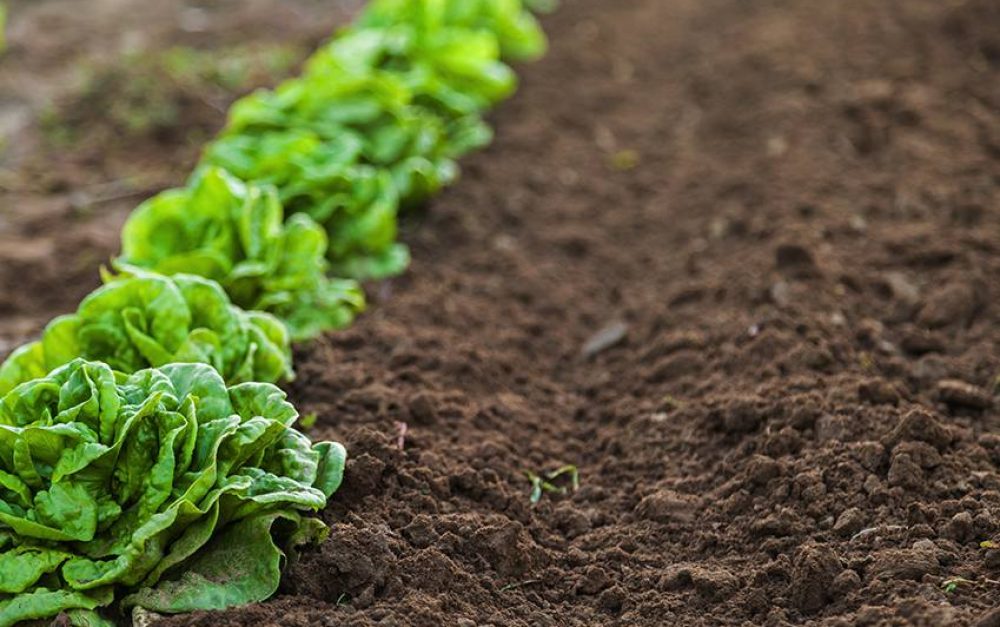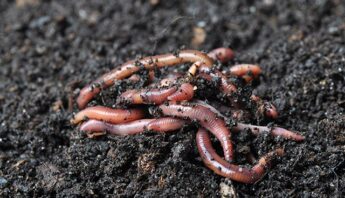Glyphosate, the active ingredient in Monsanto’s RoundUp, has been labeled by the World Health Organization’s International Agency for Research on Cancer as a “probable human carcinogen.” Given the probable impacts of glyphosate on humans it isn’t a stretch to think that it would also be toxic to soil biology, right?
Glyphosate, the active ingredient in Monsanto’s RoundUp, has been labeled by the World Health Organization’s International Agency for Research on Cancer as a “probable human carcinogen.”
Given the probable impacts of glyphosate on humans it isn’t a stretch to think that it would also be toxic to soil biology, right? I recently conducted a review of the scientific literature on the effects of pesticides on soil biological communities, and found that despite Monsanto’s attempts to frame glyphosate as environmentally friendly, the herbicide’s use at recommended rates can be detrimental and even fatal to some of the most important soil organisms.
Soil . . . it’s alive!
Soil, often dismissed as just “dirt,” actually contains multitudes of life forms. The Earth’s soil provides a home to a wide range of organisms, ranging from earthworms and ants to microscopic fungi and bacteria. These organisms are vital for maintaining healthy terrestrial ecosystems because of their role in providing a wide range of “ecosystem services,” or the benefits humans receive from biological processes and interactions. Examples of ecosystem services include microorganisms’ role in the cycling of nutrients (e.g. nitrogen) and water — both of which are necessary for plant growth and agricultural production.
Glyphosate wreaking havoc
Throughout this project, a few key findings stood out as instances where glyphosate application was detrimental to soil biology:
- A 2012 greenhouse study reported that exposure to the recommended field rate of glyphosate led to a significant decrease in the root colonization of mycorrhizae fungi — an essential component of healthy agroecosystems. These unique fungi form mutualistic associations with plants, in which they substantially extend the plant’s root system, enabling increased uptake of nutrients like nitrogen and phosphorous. Thus, plant growth can be hindered by a decline in the population size of these beneficial microbes.
- A three-year study using a silt loam soil from an Ohio farm found that application of a recommended field dose of glyphosate led to shifts in the community size of certain types of beneficial bacteria, such as acidobacteria. Bacteria in this group are believed to be highly involved in the breakdown of cellulose (a primary component of plant cells) and play a vital role in formation and cycling of soil organic matter.
- Finally, recommended field doses of glyphosate have been shown to have severe, and even fatal effects on earthworms. In one study, glyphosate exposure resulted in significant damage to the earthworms’ intestinal cells. In addition, the rate of mortality at the suggested field dose was also shockingly high, with about 50% of the exposed earthworms dying. Another study found that exposure to glyphosate at recommended doses resulted in reduced cocoon viability, resulting in fewer juveniles successfully hatching.
A chemical cycle
Without a healthy soil biological community, farmers must turn to synthetic chemicals and nutrients for crop production. However, the use of chemicals such as glyphosate can deteriorate the soil biological community, further entrenching chemical use instead of fostering healthy soil biology.
While Monsanto claims that glyphosate is harmless to the environment, an examination into the scientific literature shows otherwise. Monsanto lauds the fact that glyphosate breaks down quickly after application — but that doesn’t make it harmless to soil organisms. As one of the most widely-used pesticides in the world, the fact that glyphosate is causing harm to some of the most agriculturally valuable organisms is concerning.
However, it is not too late to transform the current soil biological health epidemic; even farmers that have been using pesticides for decades can restore their soil biological communities within a few years by converting to pesticide-free, sustainable farming practices. By fostering healthy soil biological communities, some farmers are producing crops with lower inputs, which translates into lower production costs as well as a reduction in community exposure to harmful chemicals.







